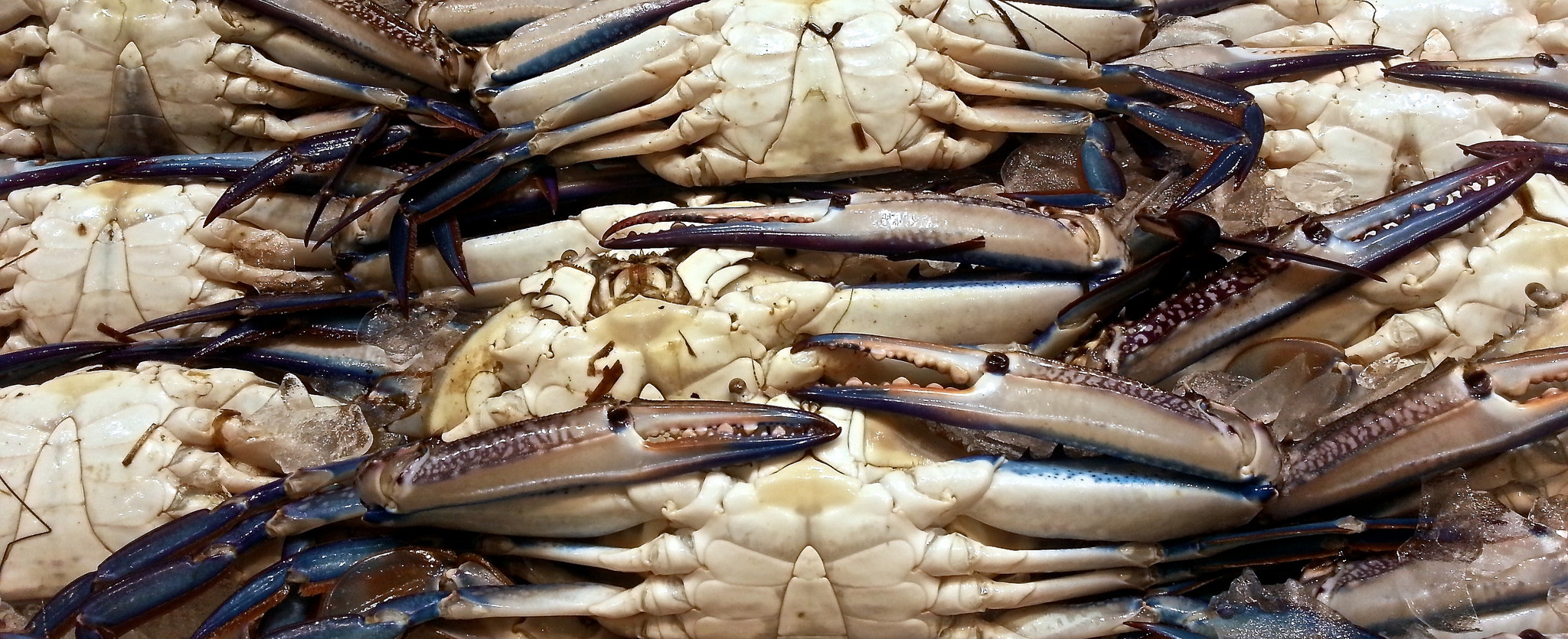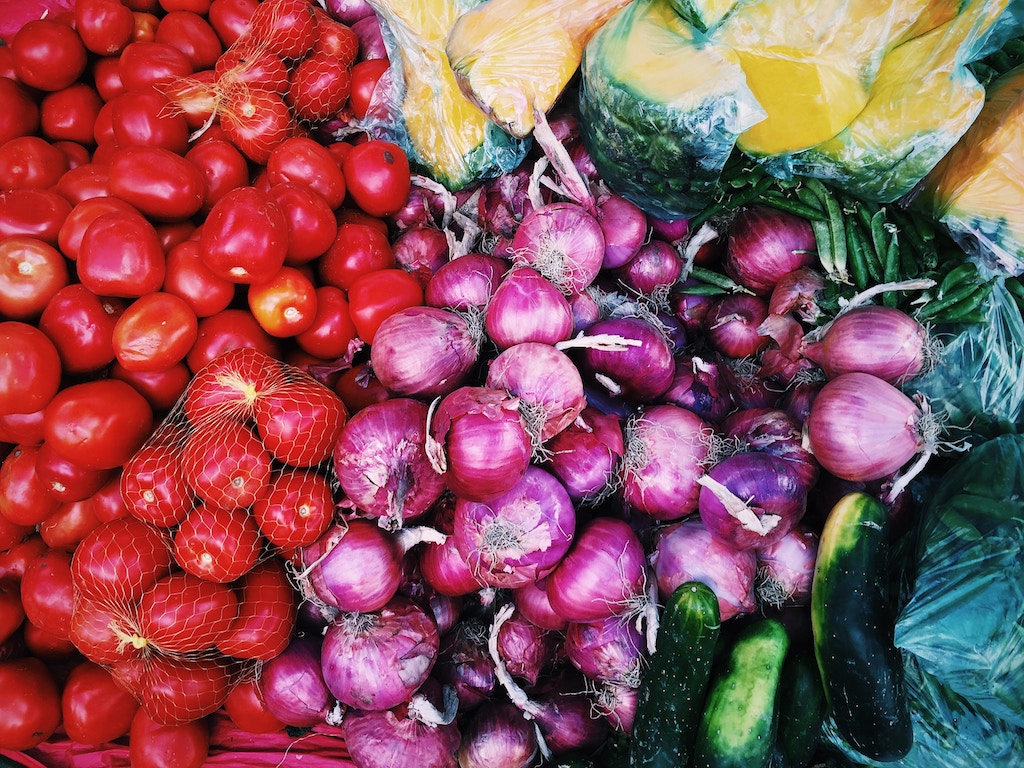This is the web version of a list we publish twice-weekly in our newsletter. It comprises the most noteworthy food stories of the moment, selected by our editors. Get it first here.
Takin’ it to the states. A few weeks back, we reported on a South Dakota newspaper’s seven-year legal battle for access to United States Department of Agriculture (USDA) data that shows which retailers make the most money from the SNAP (food stamps) program. It’s a pretty clear-cut issue: Journalists at theArgus Leader want to know how much money companies like Walmart and Target make from the $70-billion SNAP program, and retailers say the release of that information would cause competitive harm. The federal suit is still in legal limbo, but the grocery industry has taken the fight to the states: A Texas court has granted a preliminary injunction to the Texas Retailers’ Association. That means even if the Argus Leader prevails in its federal lawsuit, Texas retailers are safe from scrutiny—for now.
Bailout blues. The USDA on Monday released details about $12 billion in relief payments to farmers who have suffered what it calls “unjustified” tariff retaliation as a result of President Trump’s ongoing trade wars. The first half of that money—$6.3 billion—will go mostly to commodity growers, with soybean farmers receiving the vast majority of direct payments, as predicted. The government will also spend $1.2 billion to buy food from affected producers. The agency’s plan has drawn criticism from just about everyone: Corn farmers say they were unfairly left out, West Coast fruit growers got little relief, and most people seem to agree the payments amount to little more than a finger in the dike, Politico reports.
Democrats, too, have been quick to call “politics as usual” on the plan: Much of the money is headed to Midwestern and Southeastern states that voted for Trump in 2016. And critics say the money will do more to lock down votes in the Farm Belt ahead of the midterm elections than it will to ensure fair and equitable consolation for losses caused by tariff tensions (which, might we remind you, is a policy upheaval entirely of the president’s making). The Environmental Working Group, an advocacy organization, has petitioned the government to disclose all records that show how the agency settled on this plan.
Pour one out. Perhaps Robert Earl Burton, former leader of a self-described “doomsday” cult in California called Fellowship of Friends, would be proud to know that, despite the decline of his organization, its winery—Renaissance Vineyard—will live on. It wasn’t Burton’s intention to found a winery. His was just your run-of-the-mill cult, focused on immersion in the fine arts as the path to enlightenment. (It had its own opera company, theater troupe, ballet, and, at one point in time, zoo.) But after a German winemaker joined the Fellowship’s ranks, the cult expanded its consciousness enough to combine fresh knowledge about planting vines with a whole bunch of free cult labor. And, boom: within three years, the Fellowship was planting 100 acres a year. And making hella good wine, too, apparently: according to Esther Mobley’s piece for The San Francisco Chronicle, “some of the greatest Cabernets that California ever produced.” While Burton and Renaissance eventually descended into disrepute, three young winemakers have taken up the mantle and are reviving the … ahem … cult-favorite wines.
Flake-y. Senator Jeff Flake, the soon-to-retire Arizona Republican, seems to have taken a particular interest in our beat on his way out of office. (Senator Flake, if you’re listening, sign up for the newsletter!) Last month, he tried to ban funding for insect protein-related research. And just last week, he slipped an amendment into a Senate appropriations package that bans the Department of Defense (DOD) from funding the development of “beerbots” and other automated bartenders, Bloomberg reports. Flake’s reason? Halting wasteful spending, of course. Human bartenders everywhere can cheers to that.
Environmental Pesticide Agency? Epidemiology refers to a branch of science that looks at incidences of disease in certain populations. For example, in 2016, epidemiological research linked chlorpyrifos exposure to brain damage in children and farmworkers. This led the Environmental Protection Agency (EPA) to ban the pesticide earlier this month, a decision that was recently upheld by a federal court. However, under the influence of President Trump and industry lobbyists, the tide at the agency may be turning against epidemiology. In April of this year, while it was still being led by then-Administrator Scott Pruitt, EPA proposed a rule that would curb the use of such studies in making future regulations—unless researchers made “transparent” data about participants that could reveal their identities. A New York Times deep dive takes a closer look at the origins of that proposal and what it could mean for the future of pesticide regulations.










